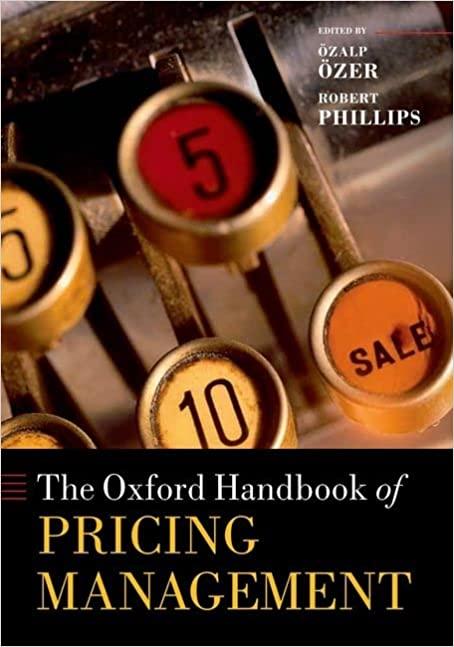Question
Suppose you receive 190 at the end of each year for the next three years. a. If the interest rate is , what is the
Suppose you receive 190 at the end of each year for the next three years.
a. If the interest rate is , what is the present value of these cash flows?
b. What is the future value in three years of the present value you computed in (a)?
c. Suppose you deposit the cash flows in a bank account that pays interest per year. What is the balance in the account at the end of each of the next three years (after your deposit is made)? How does the final bank balance compare with your answer in (b)?
a. If the interest rate is 6% , what is the present value of these cash flows?
The present value of these cash flows is $ . (Round to the nearest cent.)
b. What is the future value in three years of the present value you computed in (a)?
The future value in three years is $ . (Round to the nearest cent.)
c. Suppose you deposit the cash flows in a bank account that pays 6% interest per year. What is the balance in the account at the end of each of the next three years (after your deposit is made)?
The balance in the account at the end of year one is $ . (Round to the nearest cent.)
What is the balance in the account at the end of year two?
The balance in the account at the end of year two is ??. (Round to the nearest cent.)
What is the balance in the account at the end of year three?
The balance in the account at the end of year three is $ enter your response here.
How does the final bank balance compare with your answer in (b)?
The final bank balance in (c) is the bank balance from part (b).
Step by Step Solution
There are 3 Steps involved in it
Step: 1

Get Instant Access to Expert-Tailored Solutions
See step-by-step solutions with expert insights and AI powered tools for academic success
Step: 2

Step: 3

Ace Your Homework with AI
Get the answers you need in no time with our AI-driven, step-by-step assistance
Get Started


